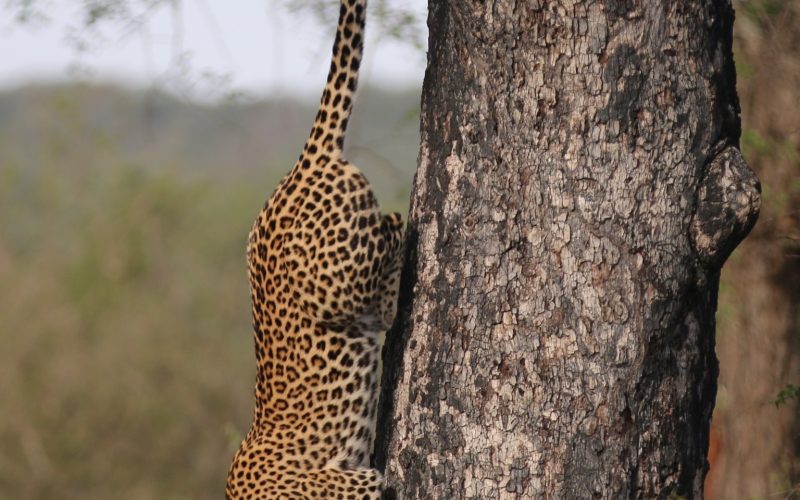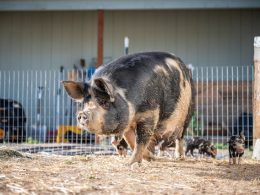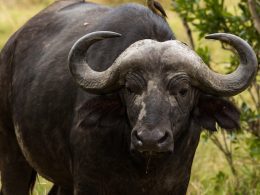The jaguar is the largest cat in the Americas and the third-largest in the world after tigers and lions. It is also one of the most elusive big cats, making it difficult to study and understand. Jaguars are native to the Amazon rainforest and can be found throughout Central and South America, from Mexico to Argentina.
Jaguars are solitary creatures and are typically active at night, making them even harder to observe in the wild. They are opportunistic hunters and will eat almost anything they can catch, from small rodents and birds to large mammals like deer and peccaries.
Despite their size and strength, jaguars are listed as near threatened by the International Union for Conservation of Nature (IUCN). The biggest threats to their survival are habitat loss and fragmentation, poaching, and conflicts with humans. According to the IUCN, jaguar populations have declined by more than 20% over the past two decades.
Efforts are underway to protect jaguars and their habitat, including the establishment of protected areas and the development of conservation programs. In 2018, the Amazon Region Protected Areas Program (ARPA) announced that it had expanded its network of protected areas in Brazil to include more than 60 million hectares of the Amazon rainforest, including critical jaguar habitat.
Conservationists are also working with local communities to reduce human-jaguar conflicts. In some areas, jaguars are seen as a threat to livestock and are killed by farmers or ranchers. By providing incentives for farmers to protect jaguars and their habitat, conservationists hope to reduce the number of jaguars killed each year.
In addition to their ecological importance, jaguars also play an important role in indigenous cultures throughout the Americas. Many indigenous communities see jaguars as sacred animals and incorporate them into their spiritual beliefs and practices. For example, the Maya people of Central America believed that jaguars were powerful beings that could move between the physical and spiritual worlds.
Despite their cultural significance, jaguars are still hunted for their fur and other body parts. The illegal trade in jaguar parts is a major threat to their survival and is driven by demand from traditional Chinese medicine practitioners and others who believe that jaguar parts have medicinal or other properties.
To protect jaguars, it is important to understand their behavior, ecology, and habitat requirements. Scientists are using a variety of techniques to study jaguars, including radio tracking, camera traps, and genetic analysis. By understanding the factors that influence jaguar populations, conservationists can develop more effective strategies for protecting these elusive big cats.
In conclusion, jaguars are one of the most iconic and mysterious animals of the Amazon rainforest. Despite their strength and agility, they face numerous threats to their survival, including habitat loss, poaching, and conflicts with humans. To protect jaguars and their habitat, it is important to develop effective conservation programs that engage local communities and incorporate the latest scientific research. By working together, we can help ensure that these magnificent animals continue to thrive in the wild.












